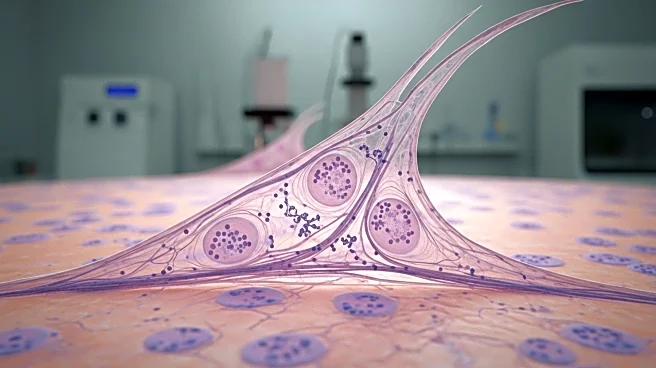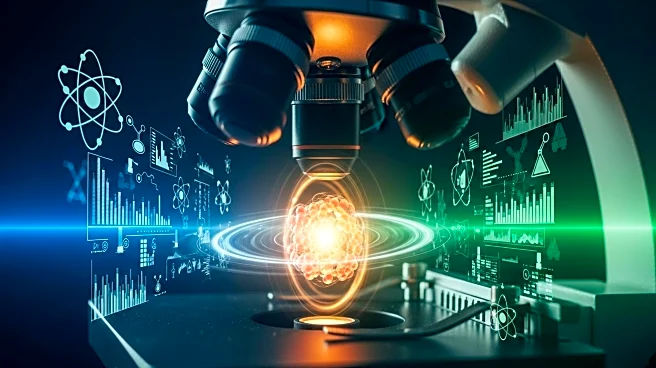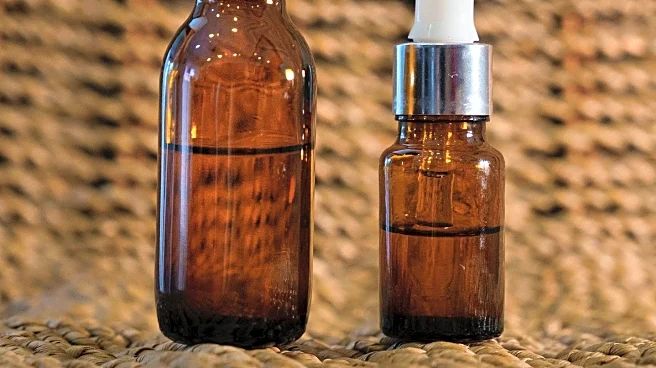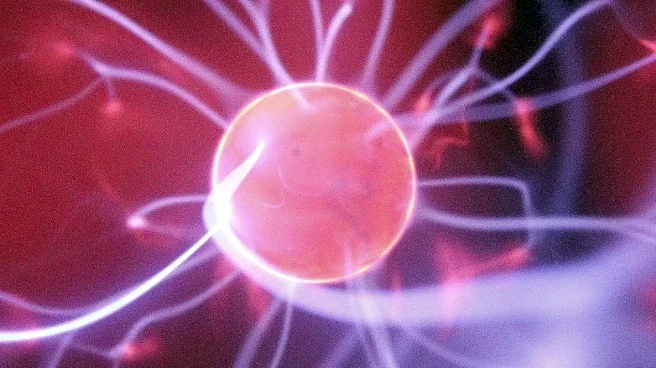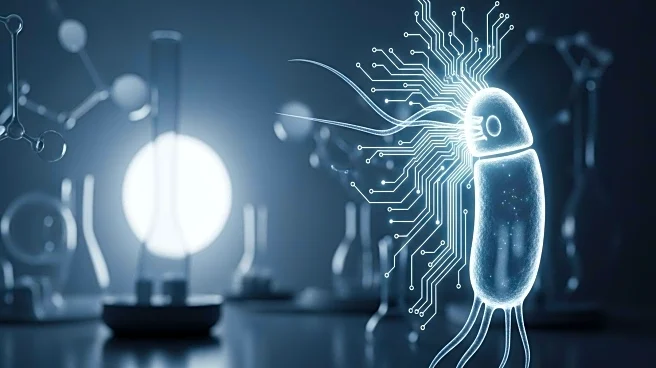What's Happening?
Researchers at Johns Hopkins Medicine have identified the protein Piezo1 as a crucial mechanosensor in human skin, responsible for detecting stretching forces and triggering metabolic and immune responses necessary for skin proliferation. This discovery, published in Nature Communications, highlights Piezo1's role in tension-driven skin growth, offering potential for noninvasive interventions to enhance skin regeneration. The study utilized spatial transcriptomics to map gene expression patterns in skin samples subjected to mechanical expansion, revealing Piezo1's involvement in pathways related to angiogenesis, stress response, and immune cell activation. Experiments showed that activating Piezo1 with a chemical agonist increased skin surface area and thickness, while its absence led to reduced skin growth under tension.
Why It's Important?
The identification of Piezo1 as a key regulator of skin growth has significant implications for regenerative medicine, particularly for patients requiring skin grafts due to burns, trauma, or surgical reconstruction. Current methods for skin regeneration face challenges such as infection risk and long treatment durations. Piezo1's activation offers a promising target for developing pharmacologic agents or gene therapy approaches to enhance skin repair noninvasively. This research also contributes to the broader understanding of mechanotransduction in tissue biology, potentially inspiring investigations in other organ systems where mechanical forces regulate development and pathology.
What's Next?
Future studies aim to explore Piezo1-mediated pathways in human skin, potentially enabling clinicians to leverage this mechanism in therapeutic settings. The prospect of harnessing Piezo1 to stimulate endogenous skin growth may revolutionize treatment paradigms for burn victims, patients with chronic wounds, and individuals with congenital skin defects. Researchers caution that precise modulation of Piezo1 activity is necessary to avoid excessive or aberrant tissue growth, calling for fine-tuned therapeutic strategies informed by deeper exploration of downstream signaling networks.
Beyond the Headlines
The study sets a new standard for mechanobiology research in dermatology by demonstrating causation through controlled mechanistic experimentation. The insights into Piezo1's role may extend the impact of these findings across medical disciplines, as mechanical forces shape cellular behavior and organ function. The research emphasizes the translational potential of Piezo1 activation in therapeutic settings, promising faster, safer, and less invasive skin repair methods.
